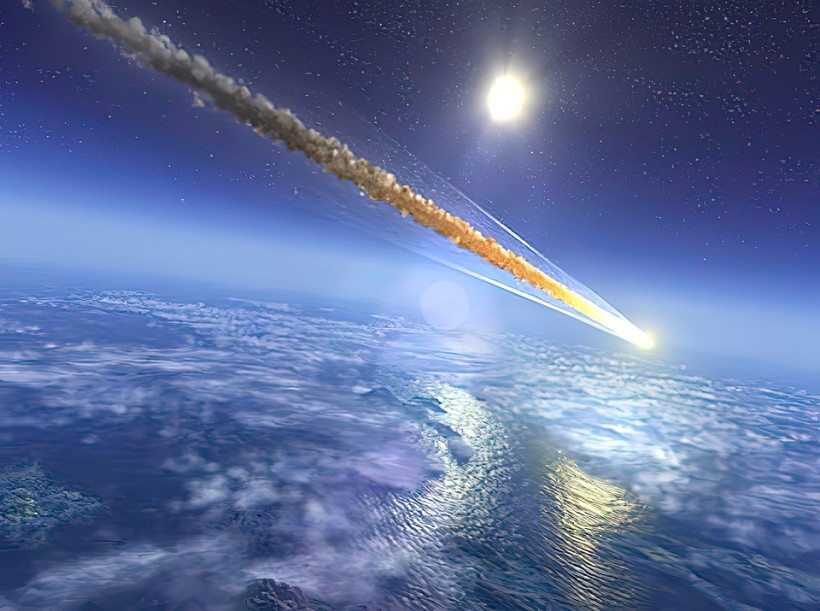Avi Loeb, a Harvard physicist, has not given up on his mission to rescue what he thinks to be an extraterrestrial artifact at the bottom of the Pacific Ocean. He and his crew are said to be closer than ever to finally have their $1.5 million Galileo Project trip up and going, with a date planned for this summer.
"We have a boat. We have a dream team, including some of the most experienced and qualified professionals in ocean expeditions," Loeb announced in his article on Medium.

Galileo Project: Meteorite That Landed in the Pacific Ocean Could Harbor Evidence of Extraterrestrial Life, Physicist Claims
Searching for Evidence of Extraterrestrial Life in the Pacific Ocean
Loeb is the head of the Galileo Project, which seeks to find evidence of extraterrestrial technological artifacts. In 2021, he wrote "Extraterrestrial: The First Sign of Intelligent Life Beyond Earth." He also argued that the football field-size extraterrestrial asteroid 'Oumumua that whizzed by Earth may have been an extraterrestrial probe.
Now, he is leading a team that will find the fragments of the meteorite that is said to be made up of an extremely hard material that may not be a space rock at all.
According to the Daily Beast, Loeb described the expedition as justified but not without the risk of failing. He said that they might recover fragments that may be natural in origin rather than artificial.
Loeb and his team, with the help of the US military, have narrowed down the meteorite's potential impact zone to an area less than half a square mile in the water off the coast of Papua New Guinea's Manus Island.
He stated that they could find small particles that turn out to be "technological," which means manufactured, offering convincing evidence of the existence of extraterrestrial life. If not, the fragments might be formed of a never-before-seen super-strong substance, such as a metal created from the collapsing core of a supergiant star.
For the needed sled, magnets, collection nets, and mass spectrometer, Loeb wrote that they have comprehensive design and production blueprints. Also, most importantly, they were given the green light to proceed with the mission after receiving Papua New Guinea's consent.
CNEOS1 2014-01-08 Might be the Hardest Meteorite Ever Known
According to New York Post, the Harvard physicist managed to convince the Pentagon to release the full data of the fireball that landed on Earth in 2014. The data said that the meteorite, dubbed CNEOS1 2014-01-08, might be the hardest meteorite on record.
Loeb further wrote that analyzing the composition of the fragments of the meteorite could allow scientists to identify whether the object is natural or artificial in origin.
He added that CNN recognized the confirmation of their discovery of the first interstellar meteor that landed on Earth by awarding it as one of the extraordinary cosmic revelations and moments in space exploration in 2022
He speculated that the fragments may be tough because they are artificially made, mimicking humans' own galactic probes but launched a billion years ago from a distant technological civilization.
Loeb plans to bring a big technological artifact from the Pacific Ocean into the Museum of Modern Art in New York if ever he and his team would successfully find one.
RELATED ARTICLE: Galileo Project: Will It Search for Evidence of Life From the Technology It Leaves Behind?
Check out more news and information on Space in Science Times.














